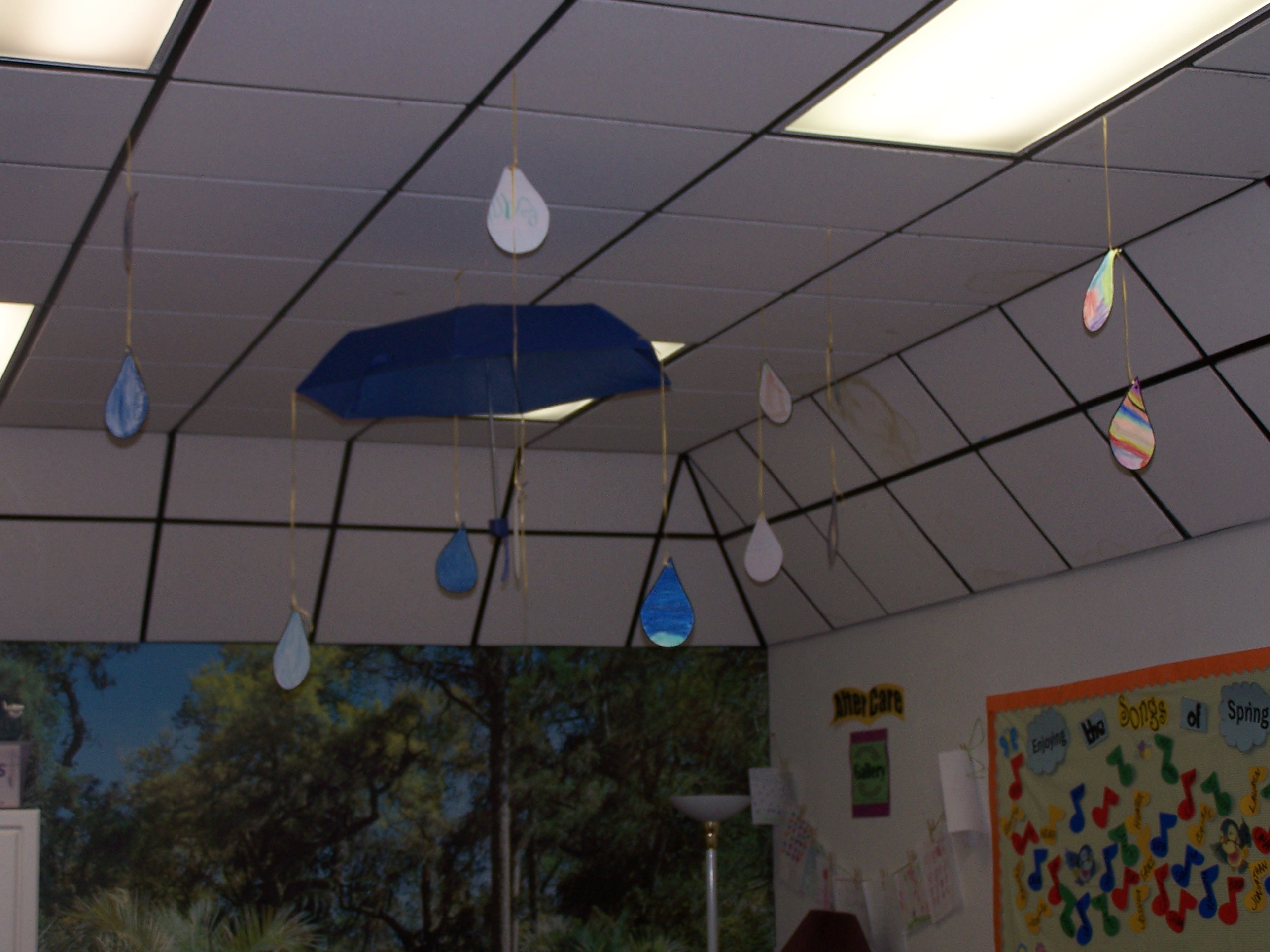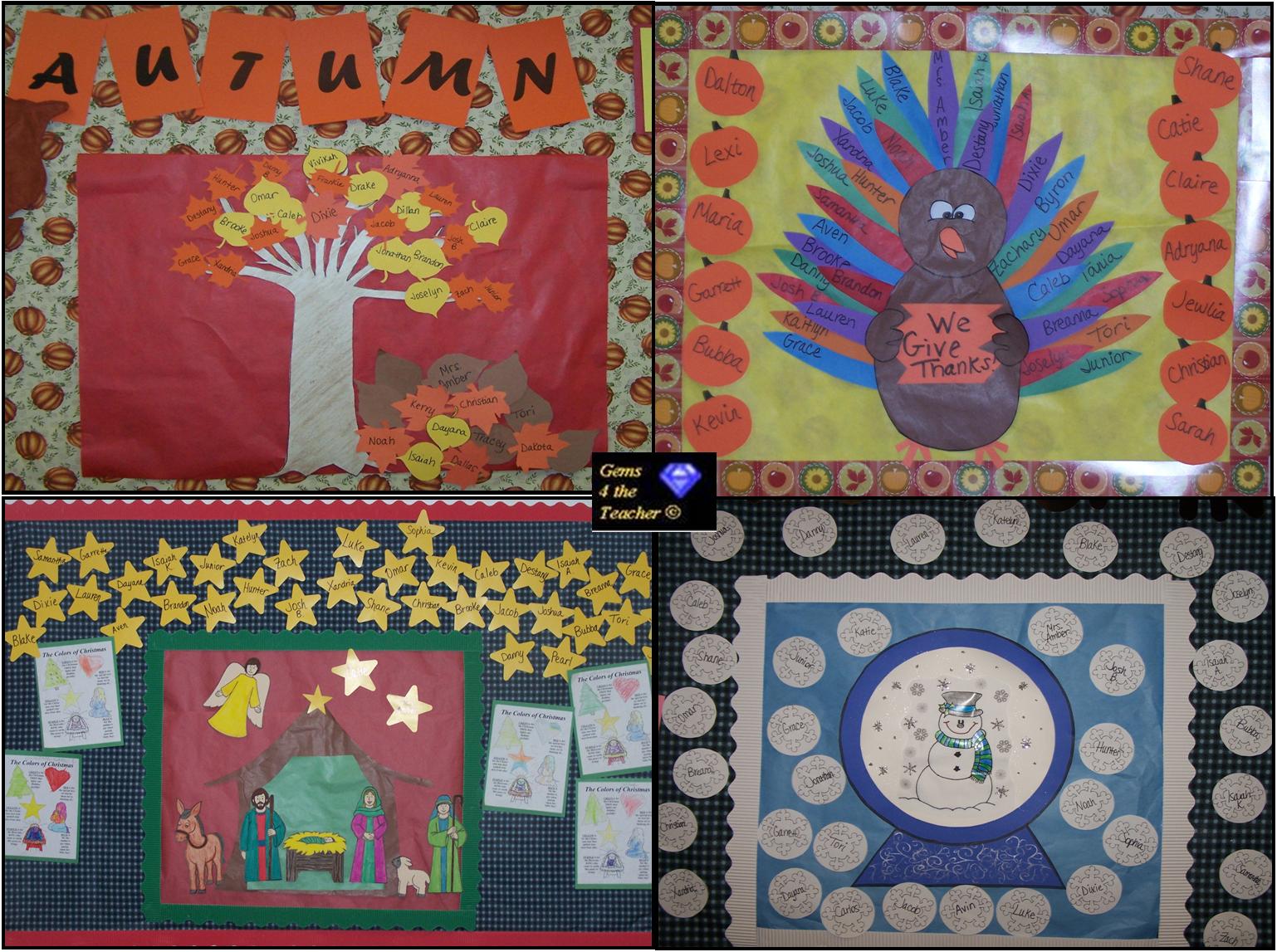|
Important
Design points to Remember
* 1.) ELEMENTS
of design in living and learning spaces.
~ Lighting
~ Color
~ Fixtures
~ Arrangement and use of available space
* 2.) Considering PERSPECITVE when
designing environments for children.
~ The importance of EYE LEVEL
~ Organization
~ Evoking feelings of wonder & curiosity to discover
* 3.) MATERIALS
AND CONTENT in Living and Learning Spaces.
~ Using materials that are INTERACTIVE
~ Using materials that are OPEN-ENDED
* 4.) PERSONALIZING
Living and Learning Spaces.
~ Analyzing YOUR NEEDS in living & learning spaces.
~ Applying the methods to your own situation.

Classroom
Design and Decorating Ideas for
SMALLER
SPACES
It is always a challenge
to come up with ways to maximize space in a small classroom. At the beginning of this school year, I really had to look
at my new K-3 Classroom and decide which ways would maximize the available space.
Another issue with
my classroom is that it doubles as a nursery for the private school/church on the weekends, so I have to work around 2 cribs
and a diaper changing station. Below are the before and after photos of how I rearranged the room and gave it a homey,
comfortable and yet productive preschool vibe!
CONTINUITY

When setting up my actual "lesson" area- assigning seats, etc.- I chose to really try and create
"continuity" in the space. The teacher before me had chosen to push the tables all the way against the walls, which
made the space feel cluttered to me. By turning the tables parallel and placing an area rug under each table- the space
was given a better flow and a more "obvious" working environment rather
than just 2 tables in a room...
A SPACE FOR US ALL...
When I first saw my classroom over the summer, I immediately had the thought that not
all of the toys should just be shoved up against the wall in a continuous line. By placing the "home" units in a corner,
the monotony is broken up and the children feel that they have their own "corner" to use as their "house" as well as open
areas for blocks, animals,
dramatic play, etc.
I really feel that this created a comfortable feeling for the children who sometimes all
want to play different things and other times want to work together in pairs or groups with the same toys.
SECTIONING

Just as with larger classrooms, sectioning is an important key to remember when planning spaces
for young children. Their minds work in compartments and they gain a sense of security in knowing which spaces are for
which activities, which part of their routine they will use specific areas for, etc.
For my classroom, (since I had to leave specific items in the room for the others using it
on the weekends), I chose to move the toy shelves down on the wall and create a special "corner" for our "Group-Time" tree!
By adding a special Area Rug and large comfy pillows the space seems separate from the rest of the wall and classroom.
We use the "Blue Rug" for Circle/ Group time, story-time and more!

Classroom Design and Decorating Ideas for
LARGER
SPACES
Here are some design and decorating ideas that
I have either come up with or used in my own classroom.
 A degree of Separation
When faced with the challenge of turning one
large room into a classroom for upwards of 20-30 kids- I use separation as a key. I turned my large classroom into one
with distinct areas that the kids can enjoy for different activities, etc.
For example I created:
- A Movie/ Mat Area for
movie times and I also often use it as a learning center area during free-time.
- A Library Corner for
perusing the books, putting together a puzzle or often times for younger ones to work on homework. This corner is a
very popular area for the students in my aftercare. For an extra feeling of relaxation and a homey feel, I also have
various pillows available for the kids to recline on and use as well as area lamps for added ambience.
- A General Table Area for
various activities including as a homework workspace, drawing and art projects, board games, various learning centers,
etc.
- A Homework Nook for
the older students who need a little more focus- The "nook" is a little apart from the general area in a cutout from the wall
where they can sit at a table and work together if needed.

Information Stations
I believe firmly that children of different ages
(and to different degrees) appreciate being given information to process in their own way. For this reason, I often
arrange my classroom in "information stations".
As pictured, I have one large wall in the front of my classroom which serves
as my main "Information station". On this one wall is showcased the children's "Art Gallery" in the library corner,
the monthly "Bulletin Board", R-E-S-P-E-C-T Keys and daily bonus (all in the general area). At any given point, the
children can look at this wall and gain the information they may enjoy or need. Also in this area, I include the "Dates
to Remember" and the Aftercare Schedule (Can be seen on the "Classroom Resources" page of this site)

Those Extra Touches
Often when it comes
to designing a classroom, the things that tie it all together are those little "Extra touches"...Those aspects that create
a feeling of whimsy or create curiosity in the children.
For example, as pictured:
- Raising the Roof: I
absolutely LOVE using the ceiling as a point of design. This works well in my classroom since I have a high ceiling.
However, if I had a lower ceiling, the effect would be the opposite...one of making the room feel smaller and perhaps more
crowded. Think about the layout of the room and height of the ceiling before you go this route. (Please also note that the use of decorations from the ceiling MAY be prohibited by your fire marshall-
Please check with your own state guidelines)
I have used the ceiling to add: Leaves for autumn, snowflakes for winter, an umbrella
as a focal point and had the kids decorate raindrops to surround it for spring and colorful windsocks for late spring!
- Wall Art: To
create a separated area as well as an open doorway for imagination, I LOVE the use of wall murals. My wall mural is
one of a "wooded clearing" with trees, grass, flowers, etc. in my library corner.
- Their own creations: The very best
way to add extra touches is to use the creations of the children themselves! To spruce up a cabinet in the reading corner,
I allow the kids to post their drawings and art projects. Also, as pictured, I use the children's "Special Projects" we
have created as an extra touch.

- A "Group"
Mentality: I stress the "Group Mentality" in my aftercare class.
That is to say that it is sometimes difficult to instill a feeling of "family" in my aftercare since so many children are
there, they are different ages and the group varies from day to day. In order to help that along, I always create a
monthly bulletin board with a theme and I always incorporate EACH child's name somehow into the board.
For Example: For October, the leaves each have a child's
name; For November, the turkey feathers and pumpkins bear each child's name; For December it was a special star in the sky
for each child and January's was a named snowflake and on and on! The kids are ALWAYS excited to see what will be on
the next months and they enjoy pointing at their own name and those of their friends!
 
Don't Forget to Sign the Guest Book and
VOTE FOR ME on these toplists!!!
| VOTE FOR ME HERE! |

|
© 2007-2009, Gems-for-the-teacher, All rights reserved.
Site design, layout and content (unless otherwise noted), created by: Amber Hayes
Copyrighted Resources-
|

